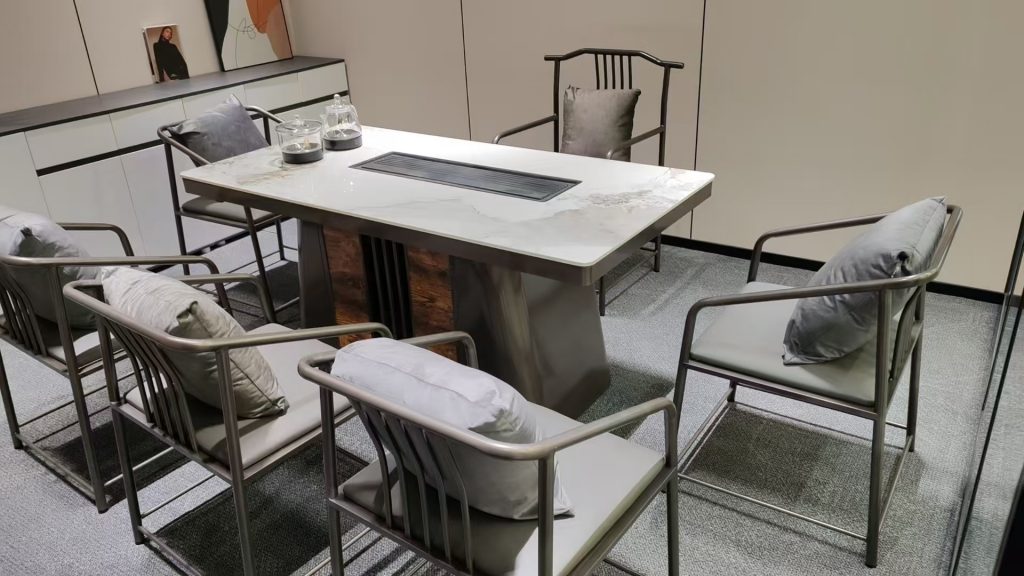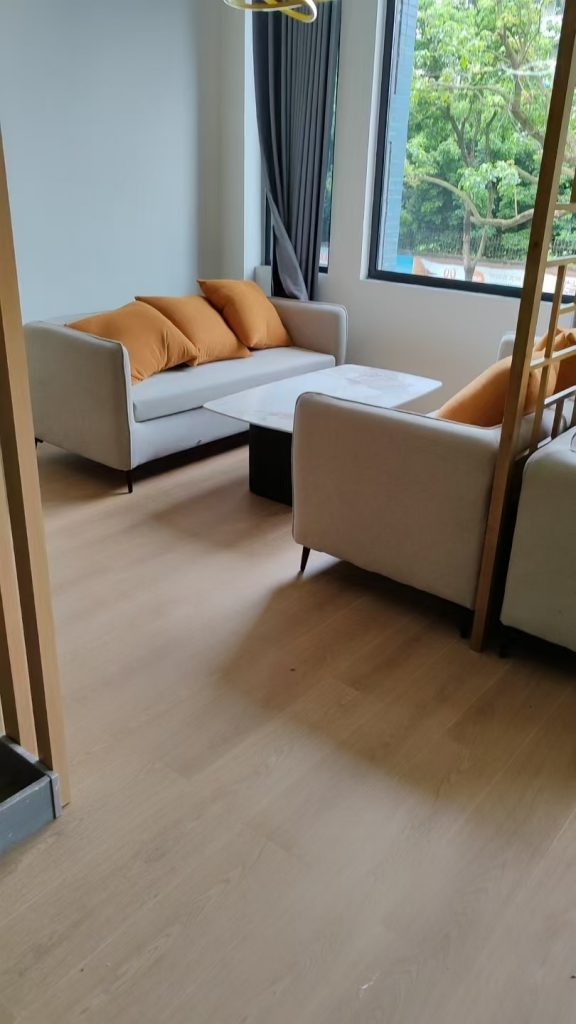In the competitive global furniture market, establishing clear payment terms is critical for fostering trust and ensuring smooth transactions between buyers and suppliers. For international furniture buyers, negotiating favorable payment terms not only safeguards financial interests but also strengthens partnerships with Chinese manufacturers. This article explores key strategies, popular payment methods, and best practices to optimize your procurement process.
—
Why Payment Terms Matter in Furniture Sourcing
Payment terms directly impact cash flow, risk management, and supplier relationships. For furniture buyers, key considerations include:
– Mitigating Risk: Protecting against non-delivery, quality issues, or supplier insolvency.
– Improving Cash Flow: Balancing upfront payments with supplier financing options.
– Building Long-Term Partnerships: Aligning terms to incentivize suppliers for repeat business.
—
Common Payment Terms for Furniture Buyers
1. Letter of Credit (L/C)
– How It Works: A bank guarantees payment to the supplier upon meeting contractual terms (e.g., delivery confirmation).
– Pros: Reduces risk for both parties; ideal for first-time collaborations.
– Cons: Complex paperwork and bank fees (typically 1–3% of the transaction).
2. Telegraphic Transfer (T/T)
– How It Works: Direct bank transfers, often split into installments (e.g., 30% deposit, 70% upon delivery).
– Pros: Quick and straightforward for established relationships.
– Cons: Buyer bears higher risk if the supplier fails to deliver.
3. Open Account
– How It Works: Payment is made after delivery (e.g., net 30–60 days).
– Pros: Builds trust with reliable suppliers; improves cash flow for buyers.
– Cons: Unsuitable for high-risk or new suppliers.
4. Documentary Collection (D/P/D/A)
– How It Works: The bank releases documents (e.g., bills of lading) to the buyer only after payment or acceptance of a draft.
– Pros: Balances risk between buyer and supplier.
– Cons: Requires coordination with banks and adherence to international trade laws.
5. Escrow Services
– How It Works: Third-party platforms (e.g., Alibaba Escrow) hold payments until buyer confirms product satisfaction.
– Pros: Lowers risk for high-value orders.
– Cons: Fees apply (typically 1–2% of the transaction).
—
Strategies for Optimizing Payment Terms
1. Align Terms with Supplier Risk Profiles
– New Suppliers: Prioritize L/C or T/T to minimize risk.
– Long-Term Partners: Negotiate open account terms or partial upfront payments.
2. Leverage Volume Discounts
– Larger orders may justify reduced deposits or extended payment windows (e.g., 90 days).
3. Combine Payment Methods
– Example: 30% T/T deposit + 70% L/C at sight for bulk orders.
4. Use Trade Finance Tools
– Invoice factoring or supply chain financing can ease cash flow constraints for buyers.
5. Protect Intellectual Property
– Include clauses in contracts to prevent suppliers from replicating designs.
—
Case Study: Streamlining Payments for a U.S.-Based Retailer
A U.S. furniture retailer partnered with a Chinese factory for a $200,000 order. They negotiated:
– 50% T/T deposit upon contract signing.
– 50% L/C at sight upon container loading.
– Penalty clause for delayed delivery.
Result: Reduced risk while securing priority production slots.
—
Future Trends in Furniture Payment Terms
– Digital Payment Platforms: Blockchain-based solutions (e.g., VeChain) for transparent, traceable transactions.
– Supplier Financing Programs: Factories offering deferred payments to win large orders.
– AI-Driven Risk Assessment: Automated tools evaluating supplier credibility in real time.
—
Final Tips for Buyers
1. Audit Suppliers: Verify financial stability and compliance with trade regulations.
2. Consult Legal Experts: Draft watertight contracts to avoid disputes.
3. Test Relationships: Start with smaller orders before committing to long-term terms.
Pro Tip: Request a letter of intent (LOI) from suppliers outlining agreed-upon terms before finalizing contracts.
—
Article link:https://www.vlefooena.com/manufacturer/4380/




No reply content